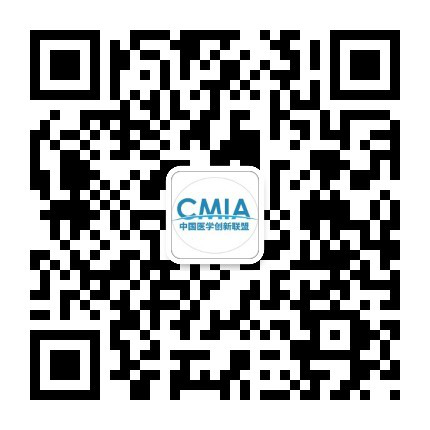【APT 白皮书】Philips 3D APT (1)
Amide Proton Transfer weighted imaging:
Advancement in molecular tumor diagnosis
Kim van de Ven, PhD_1 ; Jochen Keupp, PhD_2
_1 Senior Clinical Scientist, Philips MR, _2 Senior Scientist, Philips Research
Today, although MR is the gold standard in neuro-oncological imaging, its accuracy in tumor grading and treatment follow up assessment can be further improved.
当前,尽管磁共振是神经肿瘤成像方面的金标准,但它仍能够在肿瘤分级和治疗后随访评估方面更进一步。
Amide Proton Transfer weighted (APTw) MRI is a new, unique, contrast-agent free brain MR imaging method that addresses the need for a more confident diagnosis in neuro oncology.
酰胺质子转移加权成像 (APTw) 是一个新的、独特的、无需对比剂的颅脑 MR 成像方法,它能够帮助提升对神经肿瘤诊断的信心。
It uses the presence of endogenous cellular proteins to produce an MR signal that directly correlates with cell proliferation, a marker of tumor activity.
APTw 利用内源性细胞蛋白来产生磁共振信号,它与细胞增生直接相关,是肿瘤活性的一个标志物。
This white paper explains the main principles and general acquisition mechanism of APTw imaging as initially pioneered by the group of Dr. van Zijl and Dr. Zhou1-4.
APTw 起初是由 Dr. van Zijl and Dr. Zhou 等科学家团队开发的,本白皮书将解释 APTw 成像的主要原理和序列采集方案。
It highlights how the Philips 3D APT product enables fast and robust APTw image acquisition by leveraging Philips unique patient adaptive MultiTransmit 4D and mDIXON XD TSE technologies, as well as supports easy viewing by using a dedicated color scale.
Lastly, it explores how APTw imaging can support trained medical professionals in differentiating low grade from high grade gliomas and in distinguishing tumor progression from treatment effects in clinical practice.
最后一起探索 APTw 成像是如何帮助临床专家鉴别高低级别胶质瘤,和区分肿瘤复发与临床治疗后损伤的。
不感兴趣
看过了
取消
不感兴趣
看过了
取消
精彩评论
相关阅读





 打赏
打赏


















 010-82736610
010-82736610
 股票代码: 872612
股票代码: 872612




 京公网安备 11010802020745号
京公网安备 11010802020745号


